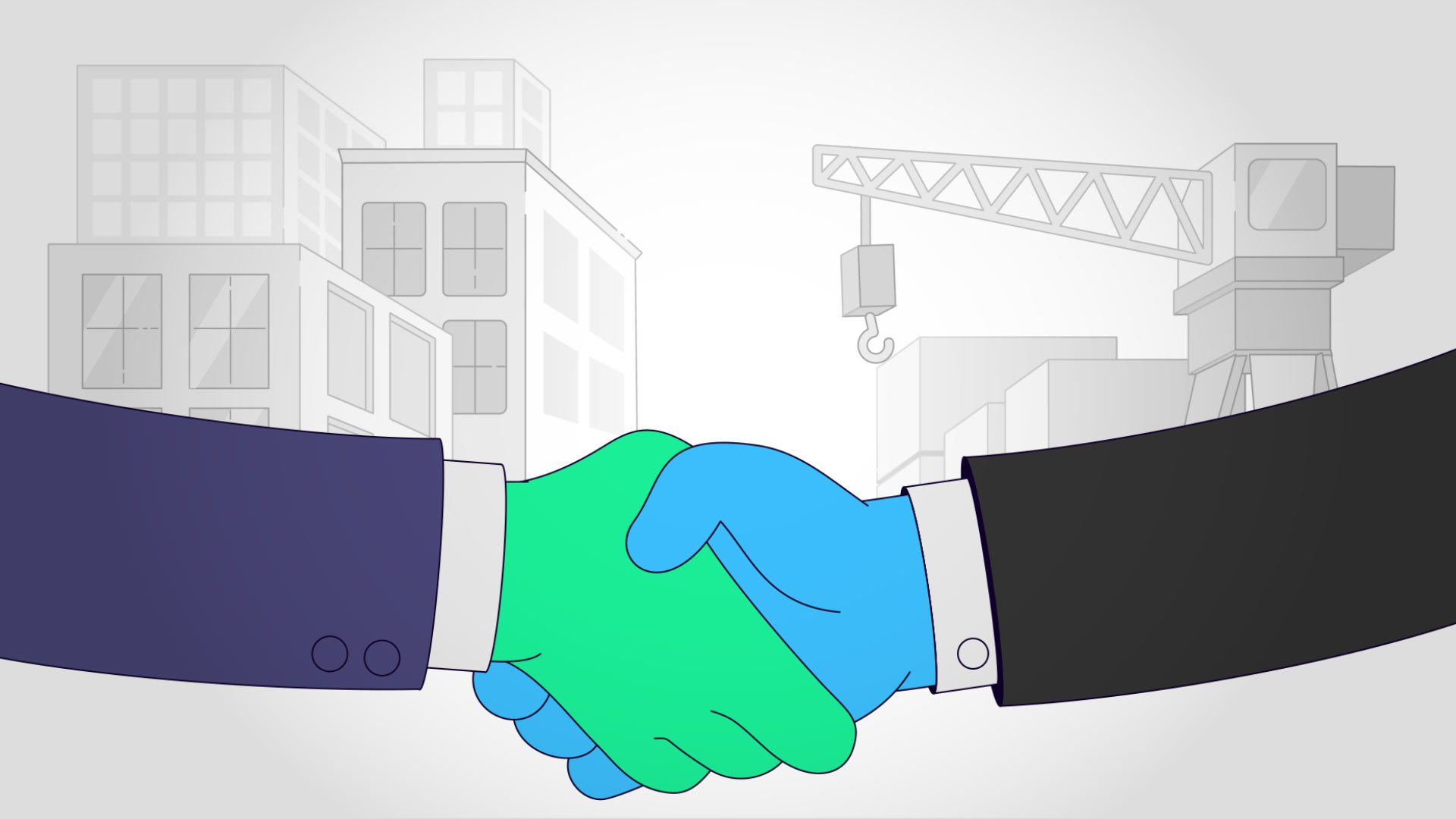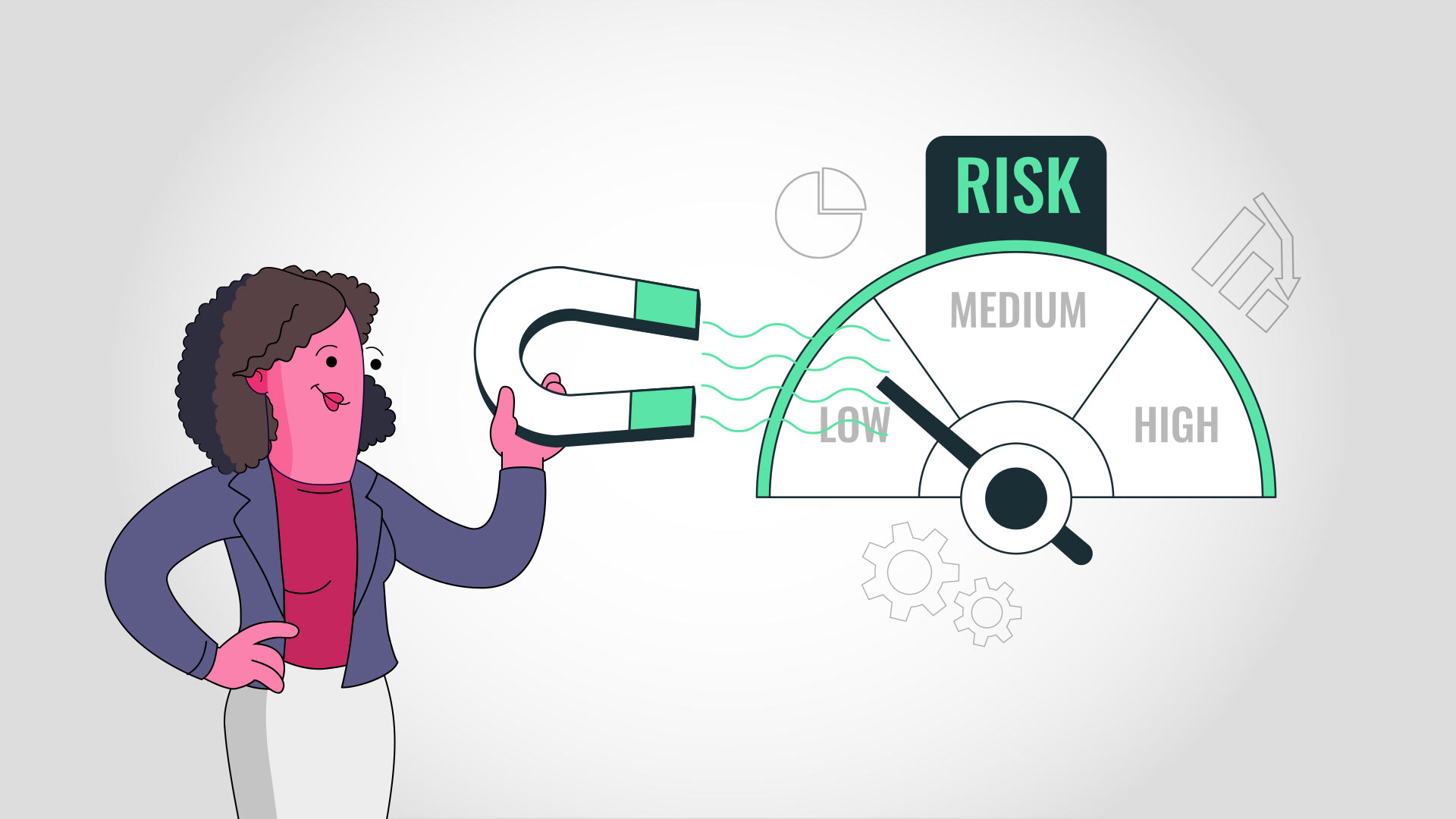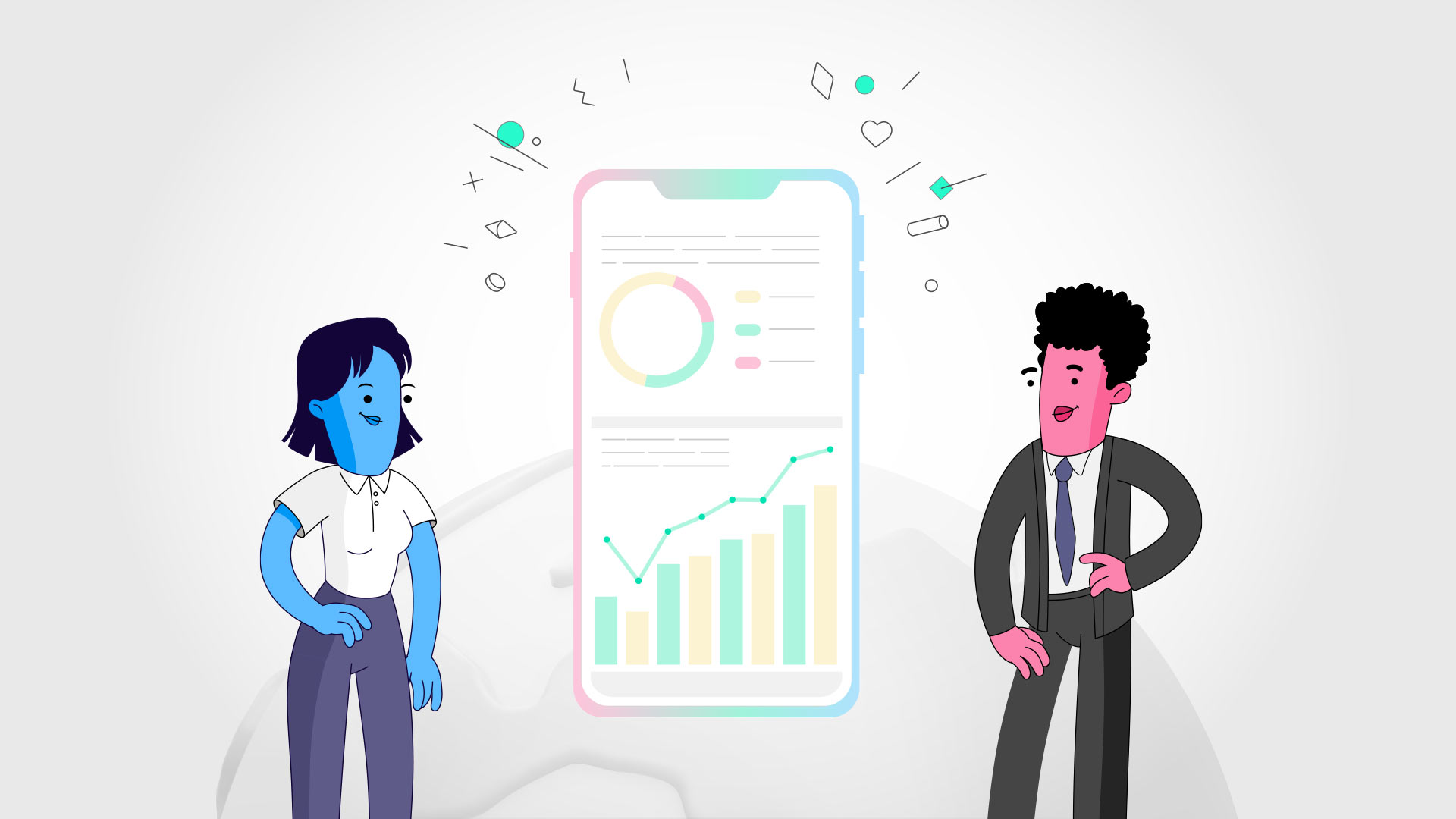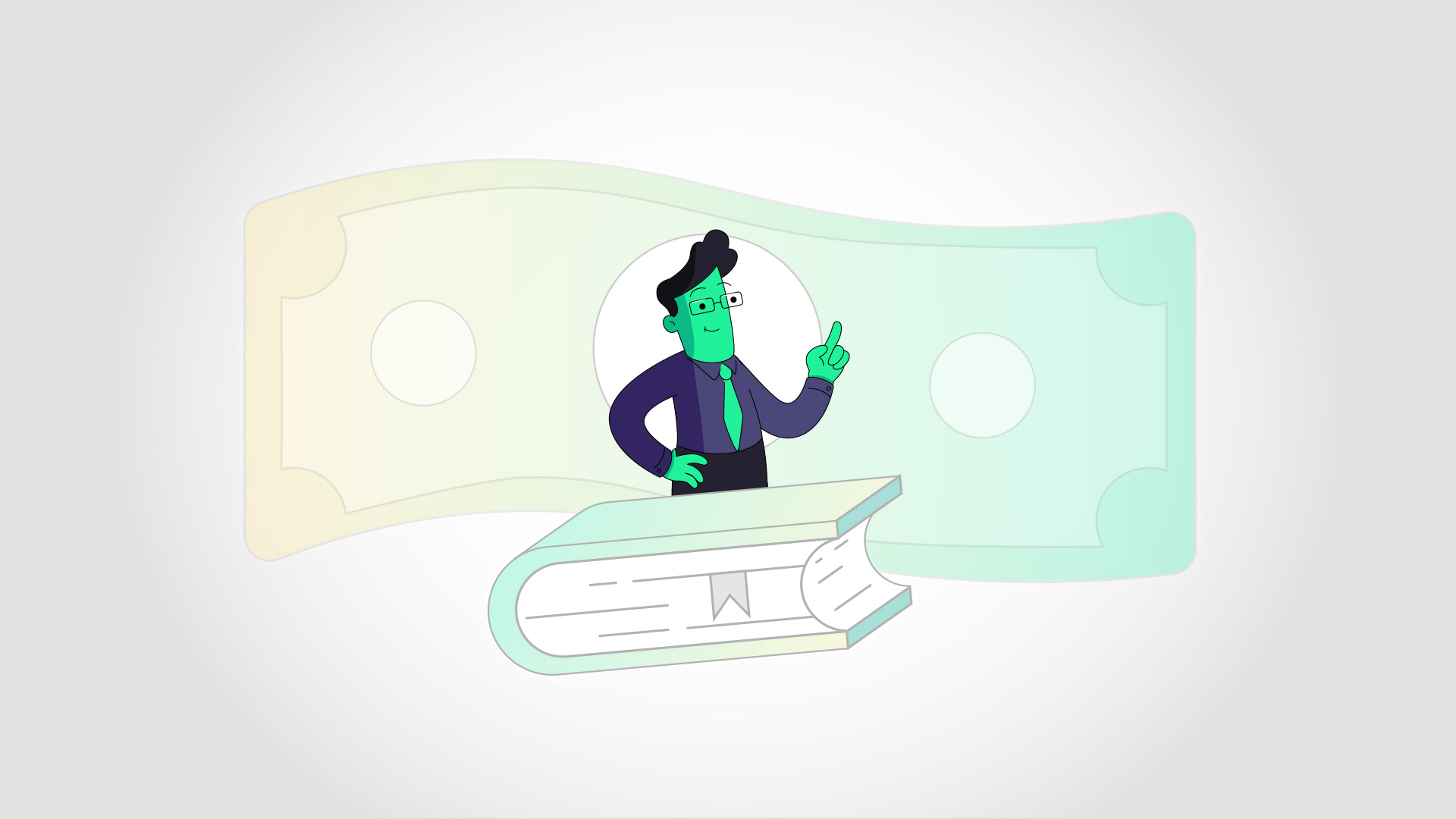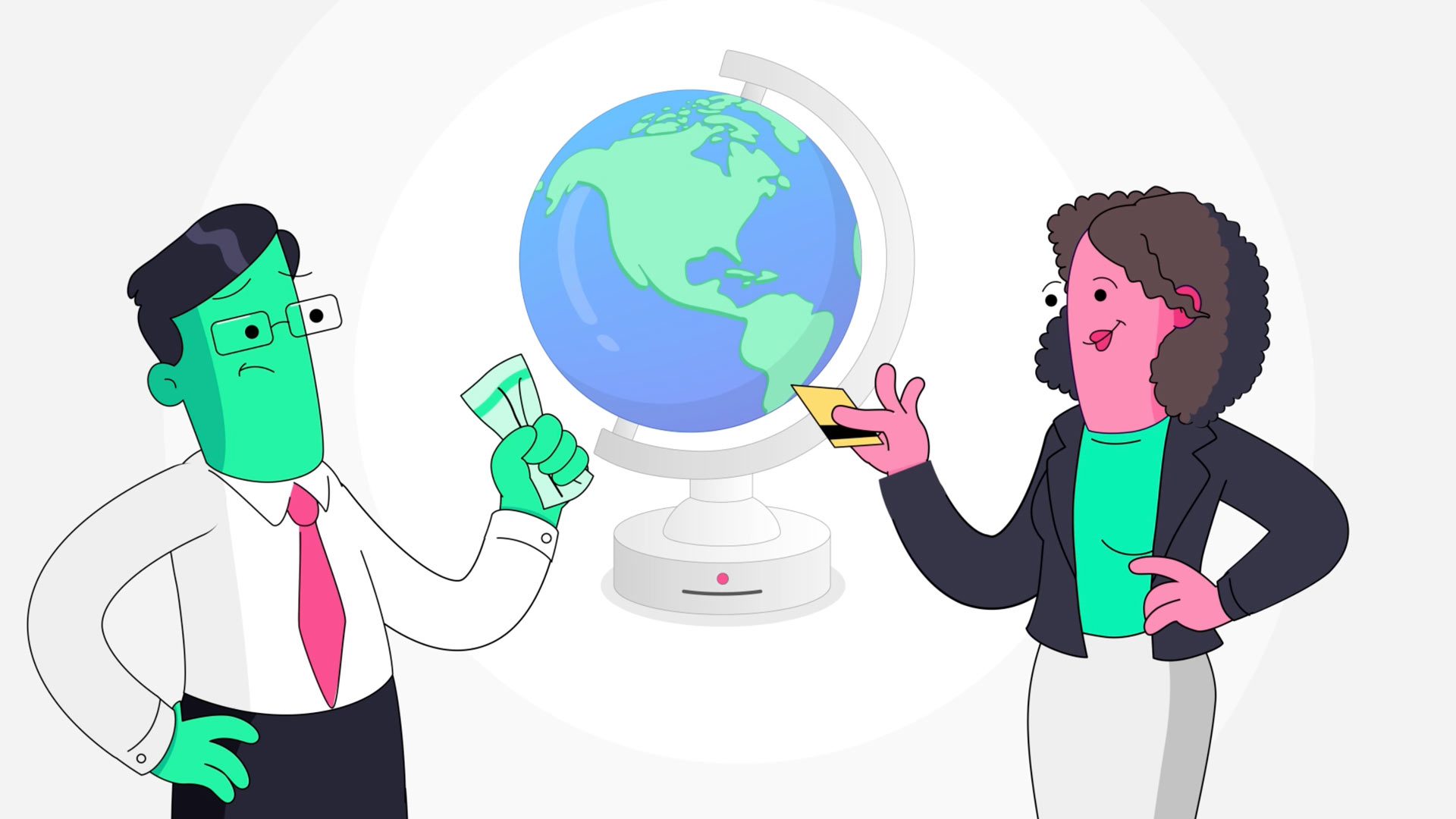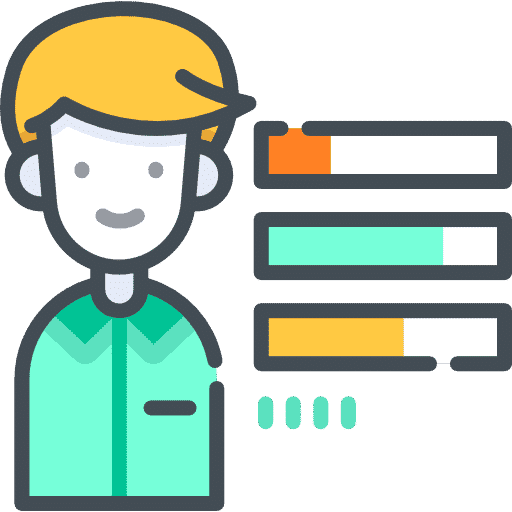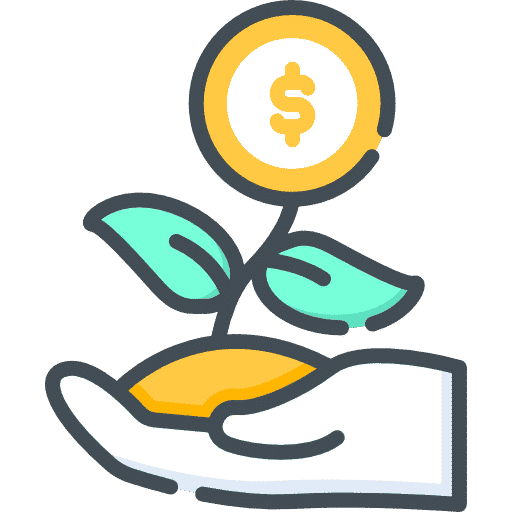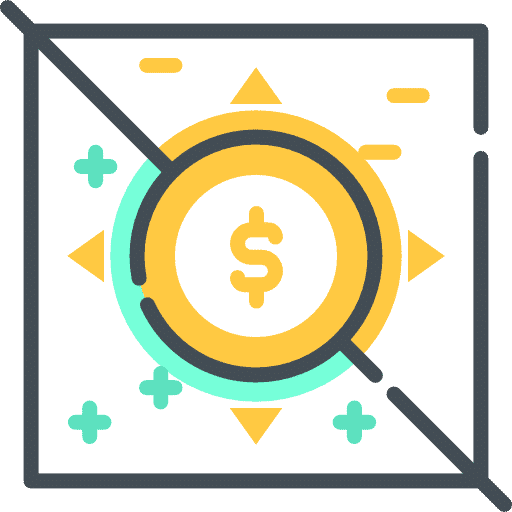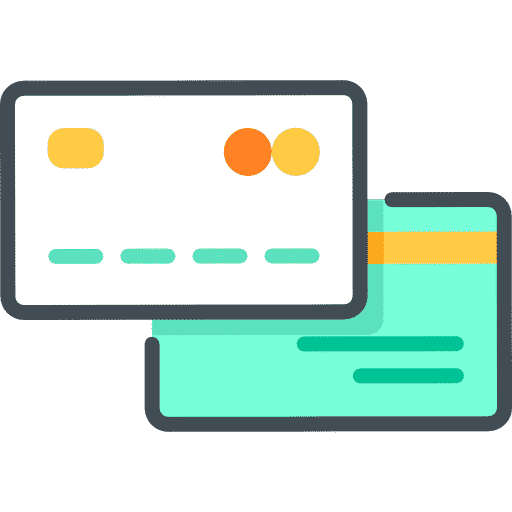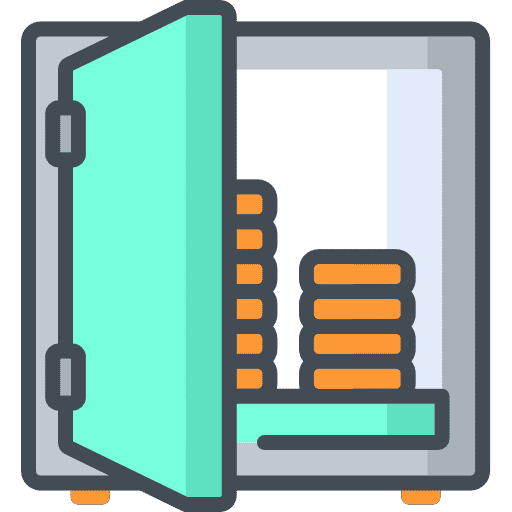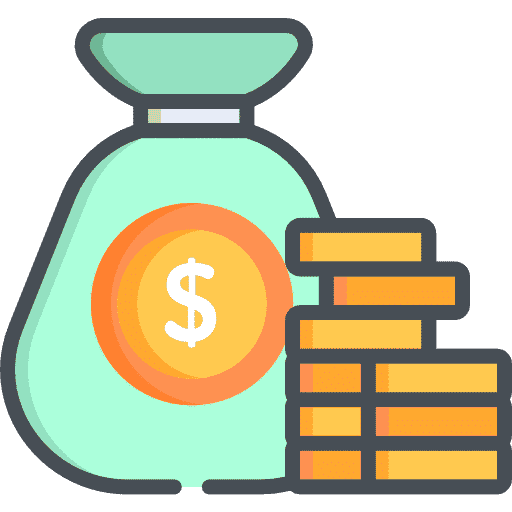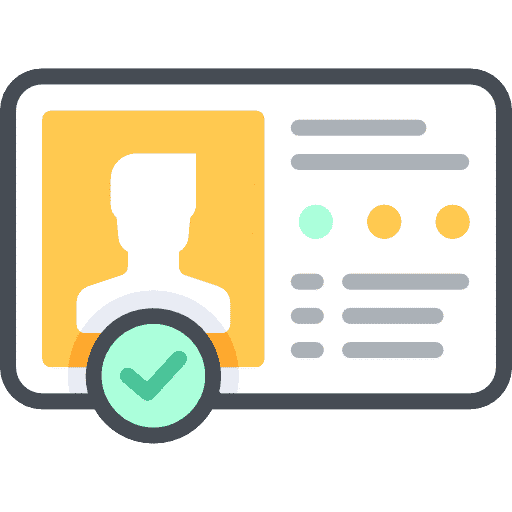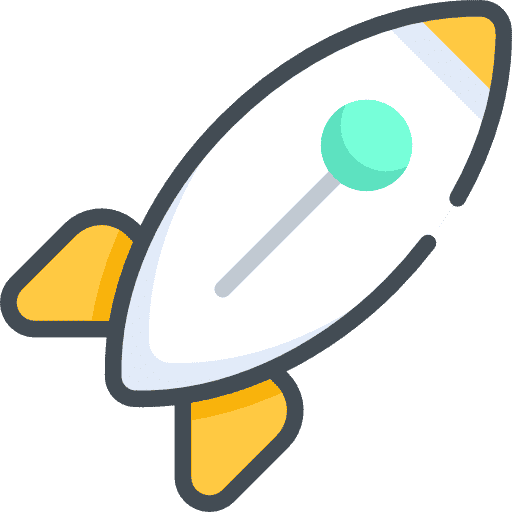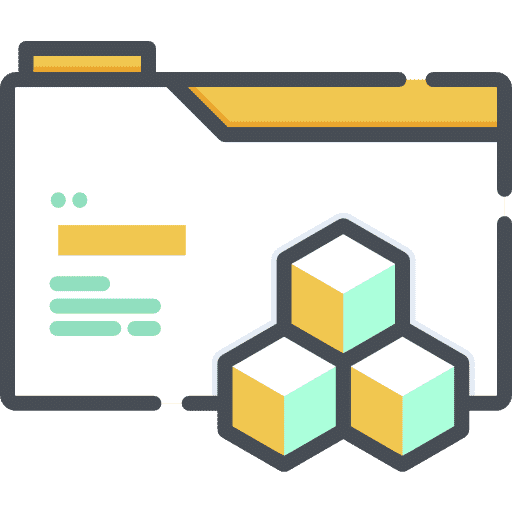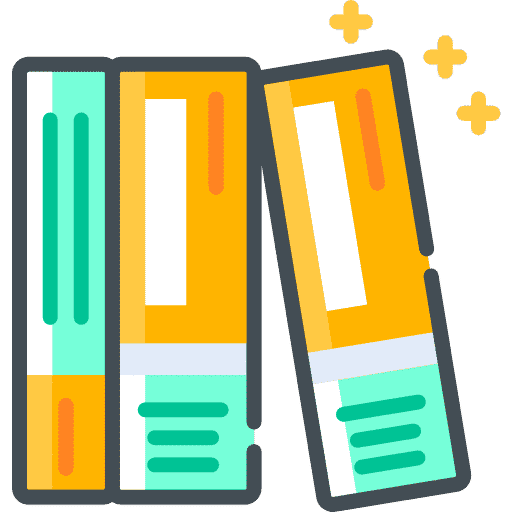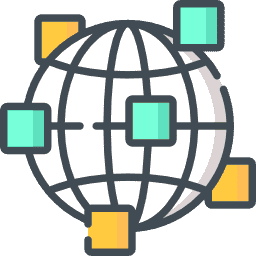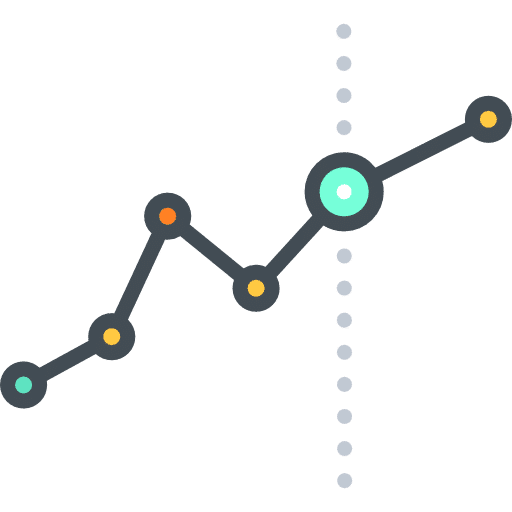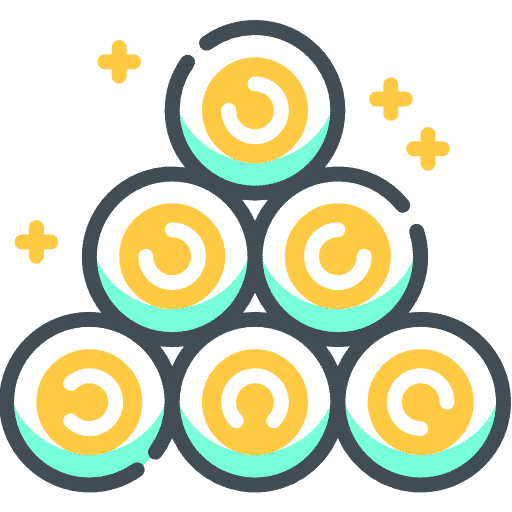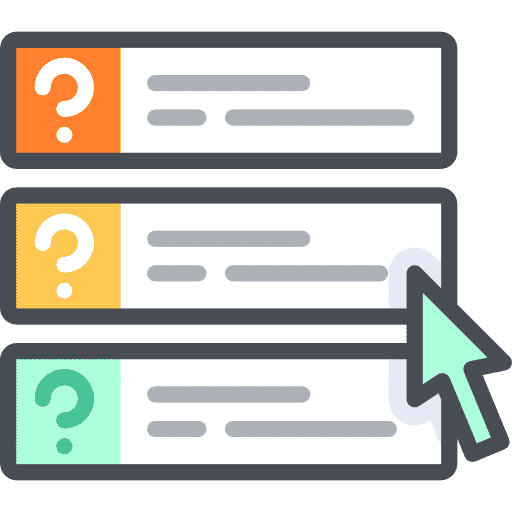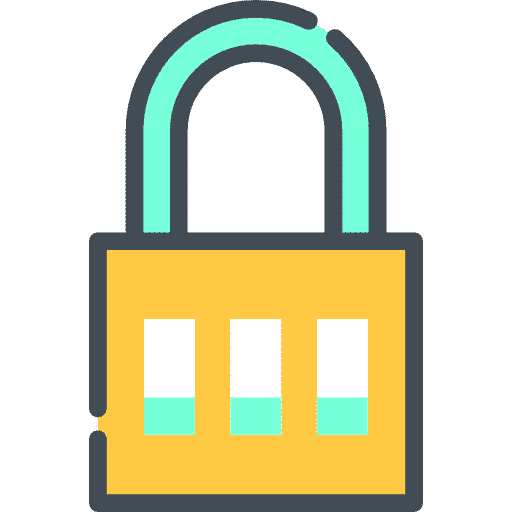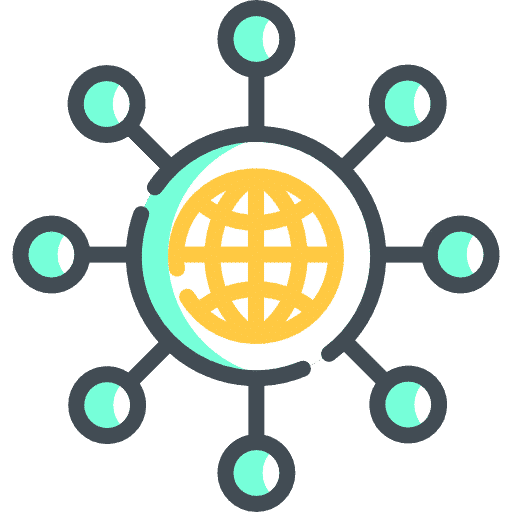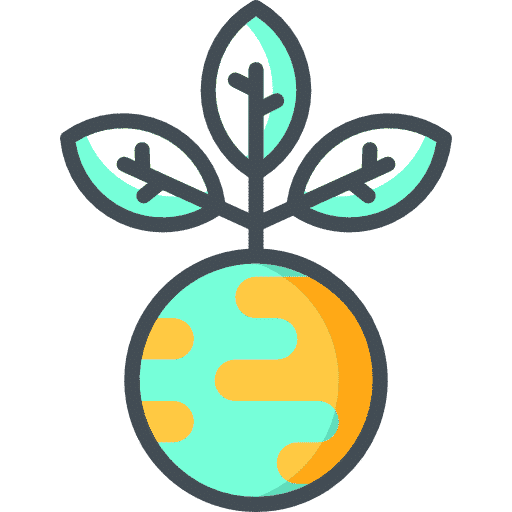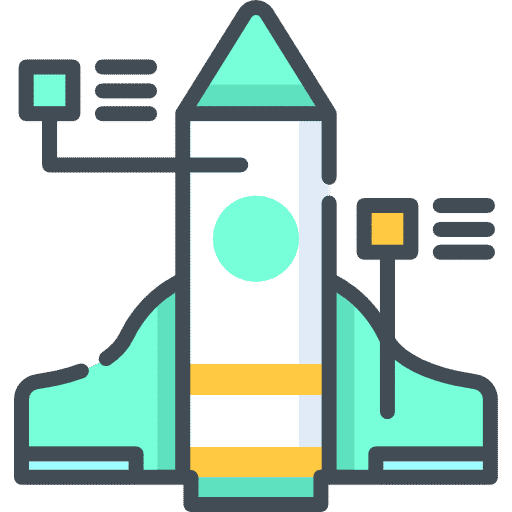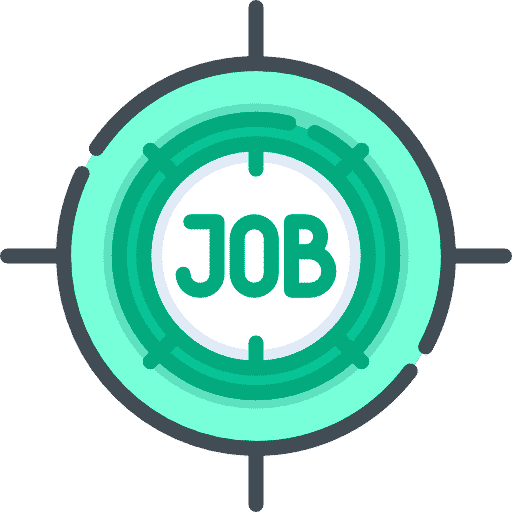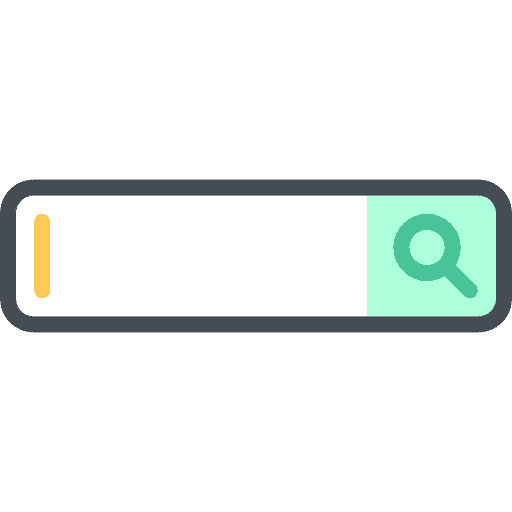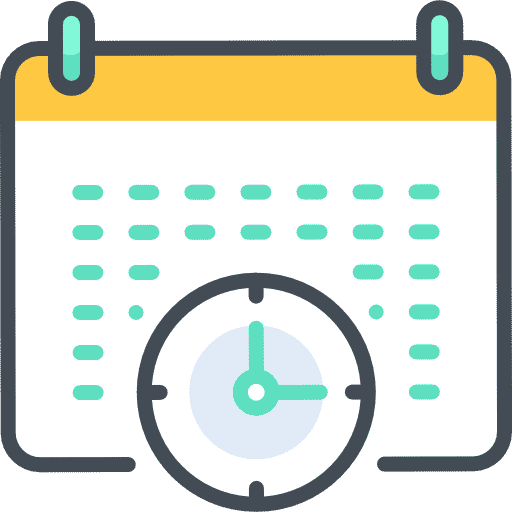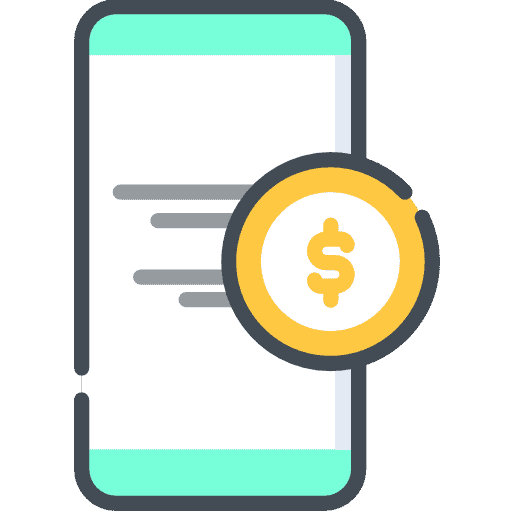
The Economic Impact of The Fresh Protocol
Version 3.0
Author Devon Shigaki
Copyright © All Rights Reserved 2022
Why Do Credit and Lending Work and Fail?
Transactions are the building blocks of the economy. Americans borrow $50T in credit compared to spending $3T in cash every year. When a borrower receives credit, they can increase their spending. Spending drives the economy upward, increasing the average income, naturally accelerating the demand to borrow more, which leads to increased spending. Borrowing creates cycles. Debt eats equity, but central banks can feed debt by printing money and giving credit. Then the cycle starts over.

The Order of the Credit and Lending Debt Cycle
- Little or no debt; hard money
- Claims on hard money; notes, or paper money
- Increased debt compared to hard assets.
- Debt crisis and defaults begin.
- The local government creates fiat money.
- the key here is to create enough value and devaluation to offset the depression, but not so much that we get an inflationary spiral
- Return to hard money.
Stimulating Real GDP vs. Financial GDP
The central bank can print money, but it can only buy financial assets with those funds. The central government cannot print money but can buy goods and services. These two networks are co-dependent, so one does not monopolize the financial machine. The central bank can extend credit and print money at almost 0% and fulfill its purpose of stimulating the global economy. In order to drive real GDP, we cannot simply give value away “print money.” Initially, new value has to pour in from other sources.
To create more real wealth, people have to be more productive. The only way to do that is to give more individuals access to the global economy. A recent study conducted by The Institute for Policy Studies and New York Comptroller found that every dollar given to a low-income earner generated $1.21. That same dollar given to a high-income earner only generated $0.39 for the GDP. Why? People with more money tend to spend less and save more on average. The luxury market is massive, but only a tiny fraction of the global consumer and enterprise demand.
The Value of Data
What do the 1% and the unbanked have in common? Data. Mountains of it. To be exact, globally, we produce 2.5 quintillions bytes of data every day. Data has many unique properties. It does not deplete or deteriorate. It is detailed in its context and used strategically to remain relevant and viable. Data can also be used and re-used for multiple purposes in parallel. What makes data a truly unique asset, unlike most other assets, which have a limited supply driving up the value while simultaneously bottlenecked by the physical aspect of economic output as people can only produce so much, but the more valid data we can produce, the more valuable the data becomes.
Users give explicit permission to use data sources such as social networks, digital footprints, and blockchain data which can supplement traditional KYC methods such as government docs, financial institution verification, credit data, Etc. Economic averages based on demographic and geographic details provide regulatory data for a verified detailed financial picture: the more data, the more precise and accurate the scoring protocol. A global credit scoring protocol allows value to flow between markets with less friction. A 2013 Stanford study shows the adoption of credit scoring enabled the auto lending industry to increase profits by a minimum of 42% per downpayment per subprime loan and decreased the average application time from 5-7 days to 3-5 mins.
By leveraging data, credit scoring, and blockchain technology, users own and monetize the value of their data using their BlockID dNFT(dynamic NFT). A dynamic NFT is an NFT that can be updated over time and serves as the user’s credit report and financial identity.
Leveraging The Value of Data w/ The DAO
As users submit data for verification, they generate tokens in the FreshCredit DAO (decentralized autonomous organization), a self-sufficient infinite liquidity pool where users are able to either claim or stake their tokens using their BlockID dNFT. The DAO is algorithmically controlled by the BlockIQ protocol and legally registered operates in Wyoming, US, where digital assets are recognized as legal property allowing the DAO to operate under current regulatory standards with clarity remaining compliant. Utilizing blockchain technology, the DAO is able to fractionalize the value of the liquidity pool in the form of rewards, credit, loans, and settlement.
As the token rewards earned by users for providing data to the network will be above 0%, we can remove a majority of the long-term risk of loan default by utilizing the interest from the tokenized data to eventually pay off any extended line of credit given enough time. The line of credit with the FreshCredit DAO will dynamically adjust based on the user’s BlockScore and staked tokens, rather than going through the process of requesting limit increases or refinance options.
The network collects remittance transactions. Validators collect on validating incoming data, and businesses collect a percentage of the tokens in exchange for their data. Users collect the majority of the token rewards generated from the data even if a third party provides that data as it is the user’s asset. Naturally, consumer accounts will accumulate at a higher rate, while enterprise accounts will accumulate lower rates as a naturally thriving economy functions. Utilizing these unique attributes of data, blockchains, and DAOs, we are able to provide a fair exchange of value for user data which is used in parallel to build a transparent, inclusive, fair credit and lending system for the other 96% of the world.
